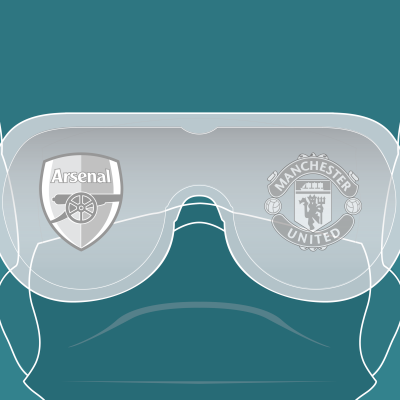Listening to consumers in order to ‘get closer’ and understand their needs is a common term that I hear within the worlds of branding, marketing and innovation. This sounds proactive, but is in fact passive – a lazy, get-out-of-jail for-free card, that deflects from the real challenge for a brand – how to embed themselves within their consumers’ cultural eco-system.
Listening should naturally play a part, but it is not the be-all and end-all. Rather than simply listening, successful brands are constantly monitoring the cultural pulse of the eco-system to form strong relationships with consumers by understanding their culture.
For some brands, the global landscape of loyal brand followers can mean that embedding a brand within a culture is becoming more complex. An example of this is how brands are represented in news reports when a natural or political disaster occurs. Brands become visual, iconic signifiers of communities around the world that are suffering from death, loss and trauma.
Take, for example, the news reports on the Ebola crisis in West Africa. Such reports often include images of men and young boys coping with loss, illness and isolation while wearing the shirts of English Premier League football teams, such as Arsenal, Chelsea or Manchester United. The shirts feature other brands sponsoring each club, such as Puma, Emirates, Samsung, Adidas, Chevrolet and Nike.
One image from a BBC report in Sierra Leone summed up the difficulty. A dead body is removed from a building in a village, a temporary place for the dead, which in happier times was a tribute to the Arsenal Emirates Stadium in London and the Barclays Premier League. The wall displays the text ‘Welcome to Emirates’, along with three global brand logos, used to create a sense of belonging, of being a legitimate Arsenal community. It is as if the building is officially part of Arsenal FC.
Most English Premier league brands are good at embedding themselves on a local level by supporting communities and charities. In August 2014, two Newcastle United fans tragically died in an air crash en route to see their team play a pre-season friendly in New Zealand. To show respect for their loss, the club and its supporters held a one- minute silence at a home game as a sign of respect. They were not just loyal and committed fans, but members of the Newcastle United family.
As global brands, football clubs can find it challenging to adapt and embrace the fact that many of their global followers see themselves as part of the same family. As the image shows, the dedication to embed the brand values of Arsenal within a community is a physical manifestation of the brand as part of a culture. But this relationship does not flow both ways.
How can brands deal with this new reality? As a starting point, global brands need to acknowledge that the local community and fan base is present on a global level, where the brand is often part of a cultural eco-system. Brands need to reframe thinking about loyalty by creating new technologies of support, new brand narratives and rituals of ‘the local’.
Crucially, brands need to offer the same support, understanding and empathy to global communities as they do to their traditional local communities. This means that brands need to acknowledge their presence within different cultural locations. Listening is not enough to achieve this, we can listen but remain docile. No brand wants to be docile.
This blog was first published at The Future Laboratory


